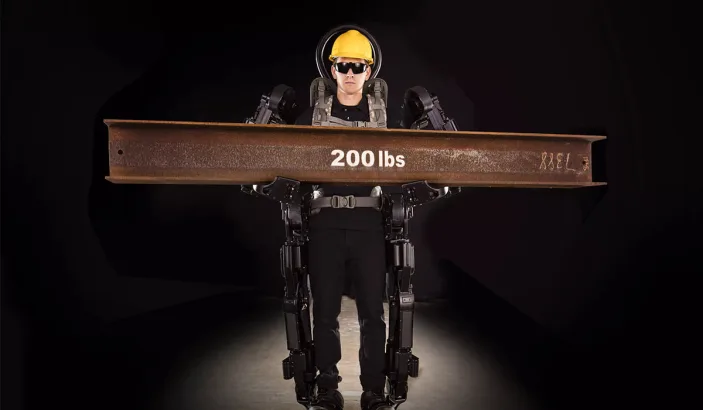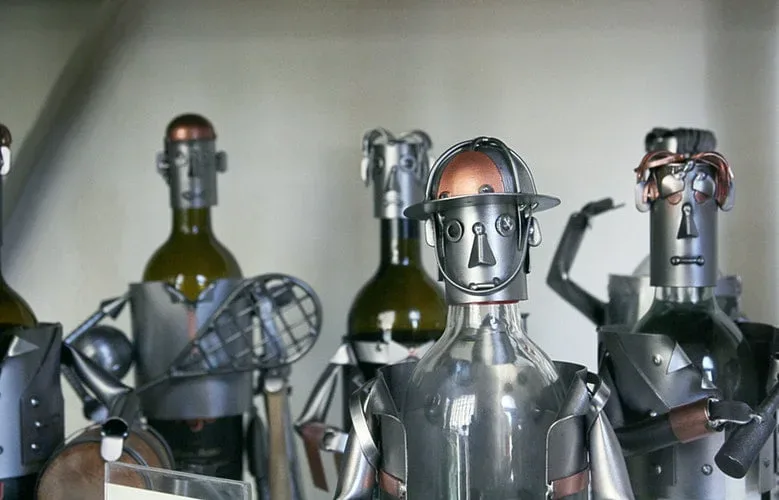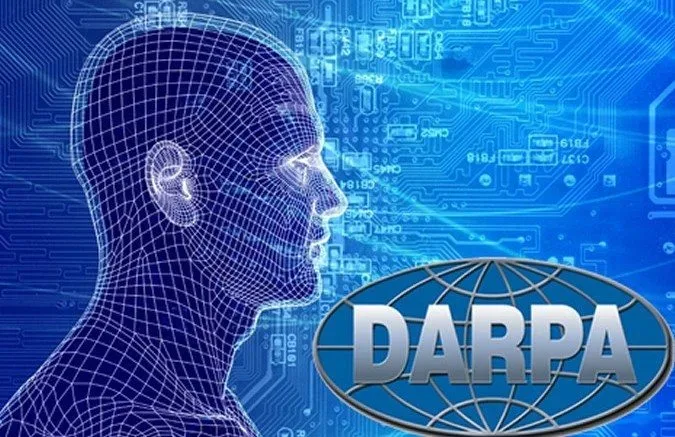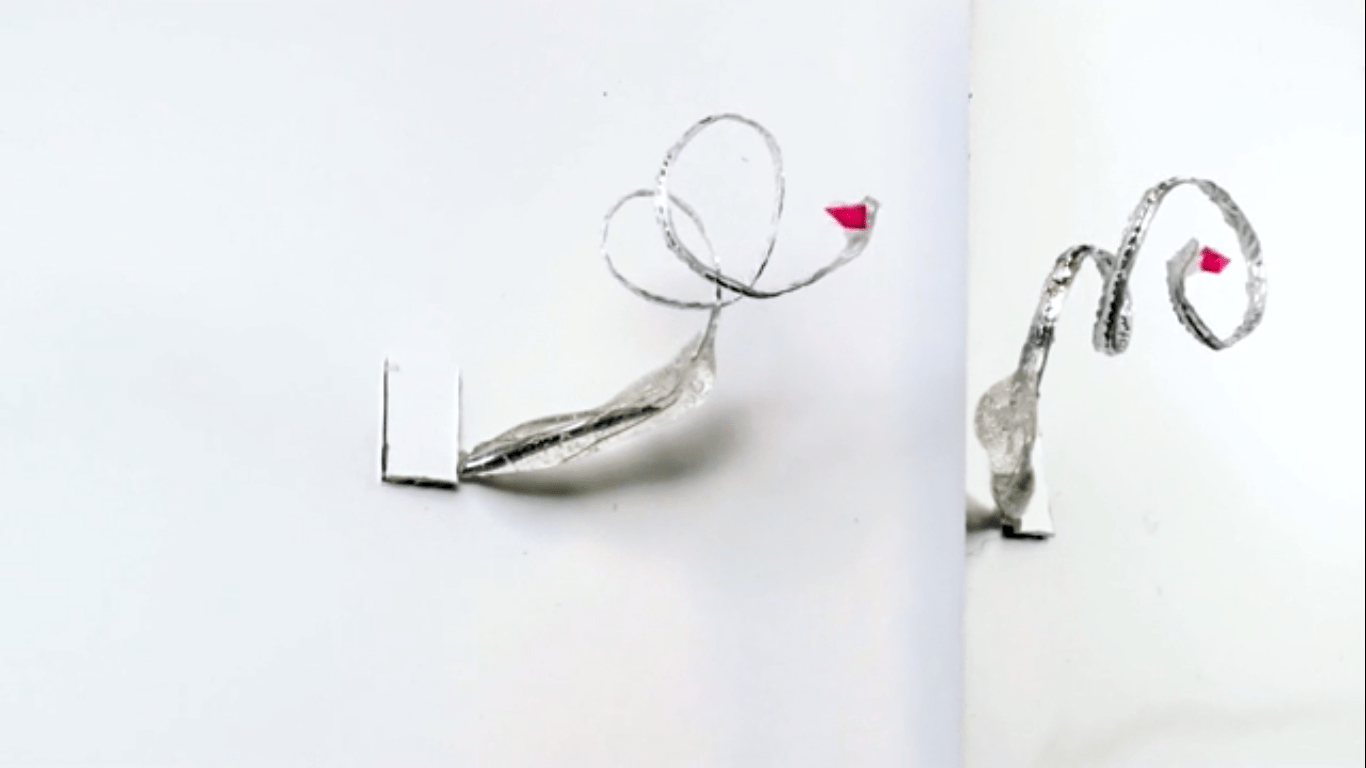Sarcos Robotics has unveiled a new robotic exoskeleton for use on factory floors. These machines, which will give workers superhuman strength, will be ready to purchase by the end of 2019.
While wearable exoskeletons have been under development for over a decade, they were largely limited to military use. They allowed soldiers to carry heavy gear for long periods of time and traverse rough terrain safely.
But Sarcos’ new Guardian XO and XO-Max are exoskeletons for the everyday worker. The sleek, Iron Man-style suits are designed to improve efficiency and reduce human injury. In the US alone, there are millions of preventable on-the-job injuries every year, the cost of which can be in the hundreds of billions of dollars. Exoskeletons that ease the strain on workers’ backs, necks, and joints could greatly reduce these injuries and associated costs.
Aside from their ability to give humans super strength, the most impressive features of the new exoskeletons are their precision and dexterity. Lifting hazardous or fragile materials had been impossible prior to this, as the units would crush or drop materials. But Sarcos has solved this problem, claiming that the Guardian XO-Max allows workers to lift, carry, and move up to 90kg (or nearly 200lbs) without damaging products (the XO can accommodate up to 35kg).
These machines will also allow wearers the ability to bend, twist, and maneuver according to their natural reflexes. Sarcos hopes this will make it more practical to wear the suits and require less training, both of which would speed up their adoption into the workforce.
The suits will give wearers up to 20x the strength of a normal worker, meaning that a payload of 200lbs will feel more like lifting 20lbs for the XO-Max.
The suit will also be battery operated, allowing workers to move throughout the factory floor or around construction sites without being tethered to an outlet. The batteries will last up to 8 hours and can also be switched out easily on the job without interrupting workflow.
This feat of engineering took the company nearly 18 years and $175 million dollars to perfect.
Sarcos Robotics CEO Ben Wolff says the Guardian XO and XO-Max put the company on the cutting edge of robotics:
“With our innovations in optimizing power utilization, Sarcos has been able to do what no other robotics company in the world has been able to do with powered exoskeletons or humanoid robots—power a human-scale robot doing meaningful work for up to eight hours on a single charge.”
While exoskeletons aren’t new technology, they’ve been so expensive to develop that no one could afford them for practical, everyday uses. It looks like this is about to change. While we don’t yet know the price point for Sarcos’ Guardian, the company designed it to be economically feasible for companies to order in large quantities. (In fact, it will only be available for bulk purchase at first, meaning you can’t order one for your garage just yet.)
Sarcos Robotics isn’t alone in its development of the next wave of commercial exoskeleton technology. Esko Bionics, which specializes in exoskeletons for those with physical disabilities, has also created a commercial unit for workers. These are already in use in 15 Ford Motor plants around the world. LG will also debut its new CLOi SuitBot at the Consumer Electronics Show in Las Vegas next week, which provides low back support to warehouse workers.
Worldwide shipments of exoskeletons topped 7000 units in 2018, netting roughly $192 million in profits, but ABI Research estimates that we could reach more than 300,000 shipments worth $5.8 billion by the year 2028.
There’s no doubt that companies will benefit from this technology. But questions remain about whether this innovation is all good.
At the moment, there are no official guidelines to regulate the use of exoskeletons. There are no safety, quality, or performance policies in place yet and there is no one overseeing their proper usage, maintenance, or disposal. We also lack rules governing the security of the devices, though there is a committee working on best practice guidelines.
We also need to ask if new technologies that make workers more efficient will be mandatory and whether or not that is fair and ethical. What about workers who don’t want to wear the machines? Will they be allowed to work next to employees who do? How will their productivity be measured? Will they receive the same health insurance as someone who wears a suit designed to protect their body from injury? Will they be paid the same?
While new technology often sounds like a common good, it’s important to note that much of the news highlights only the positive aspects. People get excited about new innovations, especially when it sounds like they will make life easier. But it’s important to think farther down the line to be sure that technology is safe.





Share Your Thoughts